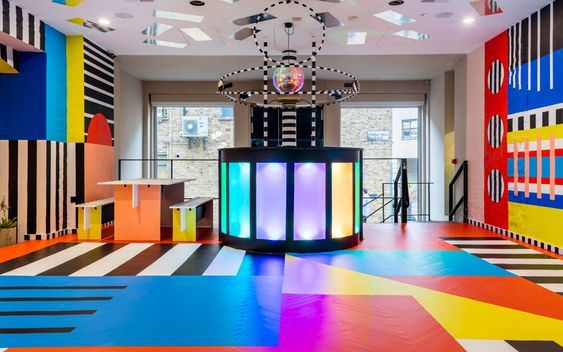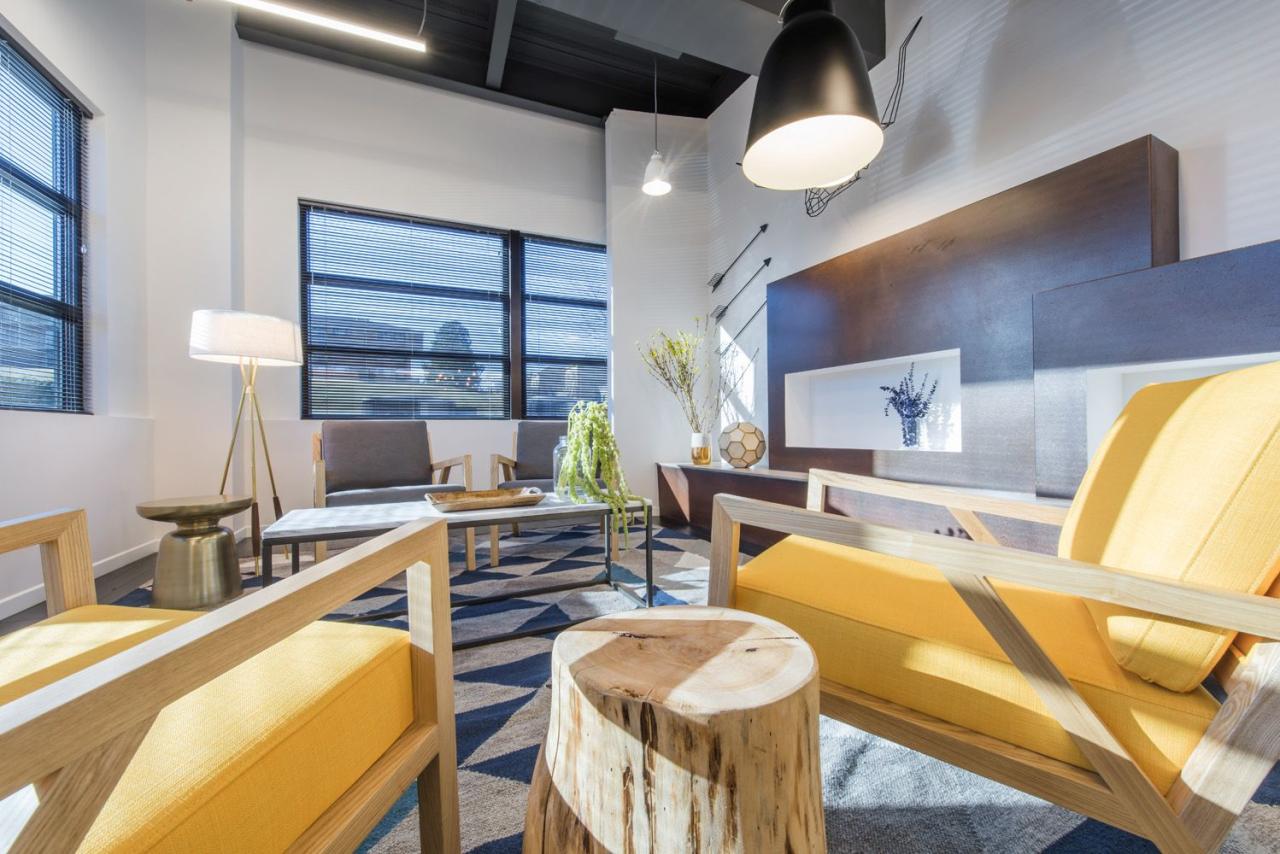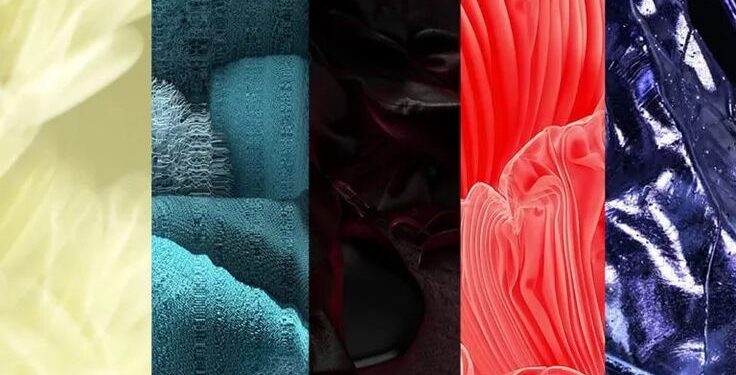Google Trends has recently undergone a significant visual overhaul, adopting Google’s latest design language: Material You, also known as Material Design 3. This update not only enhances the user interface aesthetically but also introduces improved accessibility and user-centric customization. In this article, we will explore in-depth how Google Trends has transitioned into the Material 3 ecosystem, the implications of this shift, and what it means for users, marketers, and developers alike.
Google Trends
Before diving into the design changes, it’s essential to understand what Google Trends is and why it matters. Google Trends is a powerful tool that allows users to analyze the popularity of search queries across various regions and languages. Since its launch in 2006, it has been invaluable for marketers, researchers, journalists, and anyone interested in understanding public interest and trending topics.
Users can visualize data over time, compare multiple keywords, and explore related queries. Its charts and graphs provide actionable insights into consumer behavior, making it an indispensable platform for SEO experts and content creators aiming to stay ahead of market trends.
What is Material You (Material 3)?
Material You, officially referred to as Material Design 3, represents Google’s most personalized approach to design yet. Unlike its predecessors, Material You emphasizes adaptability, color customization, and user preferences. It allows apps to dynamically theme their appearance based on user settings, including wallpaper choices and system colors.
A. Key features of Material You include:
A. Dynamic color theming that adjusts according to the user’s device settings
B. Softer, rounded elements to create a friendlier and more approachable interface
C. Enhanced accessibility with better contrast ratios and scalable UI components
D. Increased focus on user personalization without sacrificing usability
With Material 3, Google aims to make technology feel more personal and harmonious with individual tastes.
The Visual Transformation of Google Trends
The transition of Google Trends to Material You brings a noticeable shift in its aesthetic appeal. The once minimalist yet stark interface now adopts softer edges, a richer palette, and more immersive visuals.
A. Color Palette:
The new Google Trends interface employs dynamic color palettes that change based on user settings. If a user prefers dark mode or has a specific wallpaper, Google Trends adapts its primary and secondary colors accordingly.
B. Typography Enhancements:
Google Trends now uses Google’s updated typography standards, providing better readability across devices. Font weights, letter spacing, and line heights are optimized for clarity and accessibility.
C. Component Shapes:
Rounded buttons, cards with larger border radii, and pill-shaped toggles make the interface feel more modern and user-friendly. These changes align with the overall goal of Material You to prioritize comfort and approachability.
D. Animations and Transitions:
Smooth animations enhance interactions, whether hovering over a chart or switching tabs. These subtle movements create a sense of continuity and polish.
Impact on User Experience
The adoption of Material 3 directly influences the usability and emotional appeal of Google Trends.
A. Improved Navigation:
Navigation menus are clearer, with higher contrast and larger touch targets, especially benefiting users on mobile devices.
B. Accessibility Boosts:
Higher contrast ratios, customizable color schemes, and scalable fonts make the platform more inclusive for users with visual impairments or specific accessibility needs.
C. Personalized Interaction:
Google Trends now feels more “yours,” adapting visually to your device’s theme, creating a more cohesive browsing experience.
D. Mobile Optimization:
Material You’s mobile-first philosophy ensures that Google Trends delivers an equally compelling experience across smartphones and tablets.
Why This Update Matters for SEO and Marketers
Marketers and SEO professionals frequently use Google Trends to identify emerging keywords and topics. The redesign doesn’t just provide a prettier interface; it improves workflow and data interpretation.
A. Enhanced Data Visualization:
The revamped charts are easier to read, with tooltips and highlighted data points standing out better against the background.
B. Faster Access to Insights:
Streamlined navigation allows users to find comparisons, related queries, and region-based data with fewer clicks.
C. Better Sharing Options:
Exporting charts or embedding them in reports is smoother, with updated icons and a more intuitive sharing panel.
D. Time Savings for Daily Use:
Minor UX improvements, like persistent filters or saved queries, cut down repetitive tasks, enabling marketers to act faster.
Developer Perspective: Material 3 and Web Implementation
For developers maintaining Google Trends or similar applications, adopting Material 3 involves technical considerations.
A. Updated Design Tokens:
Material You introduces a new set of design tokens, dictating colors, typography, and elevation styles. Integrating these requires updates to CSS variables or adopting Material Design Components (MDC) libraries.
B. Accessibility Compliance:
Material 3’s focus on accessibility necessitates audits and possible refactoring of existing components to meet higher standards.
C. Performance Considerations:
While animations enrich UX, developers must optimize their implementation to avoid lag on lower-end devices.
D. Cross-Platform Consistency:
Ensuring a consistent look across web and mobile platforms may involve extra testing, given Material You’s dynamic nature.
Comparing Google Trends Before and After Material 3

The differences between the previous Material Design 2 interface and the new Material 3 design are not just skin-deep.
A. Visual Depth:
Material 3 uses more subtle elevation changes and shadows, creating a layered yet less harsh depth perception.
B. Color Adaptability:
Previously static colors now shift based on the user’s device settings, offering a personalized touch absent before.
C. Interactivity:
Buttons, toggles, and charts respond with fluid animations, making actions feel more tactile and connected.
D. Inclusive Design:
Accessibility options have been elevated from an afterthought to a core part of the design process.
Potential Challenges of Material 3 Adoption
While the redesign has been largely praised, it is not without challenges.
A. Learning Curve for Existing Users:
Long-time users may need time to adjust to relocated features or renamed buttons.
B. Browser Compatibility:
Older browsers might not fully support the dynamic theming or CSS properties required by Material You.
C. Third-Party Integration:
Embedded Google Trends data in third-party sites might face styling conflicts or require updates to match the new visuals.
D. Data Interpretation Changes:
New visualizations might subtly alter how trends are perceived, necessitating retraining for teams relying heavily on previous formats.
Benefits for Content Creators and Bloggers
For bloggers, journalists, and digital content creators, Google Trends’ redesign also offers direct advantages.
A. Quicker Trend Spotting:
With clearer visual hierarchies, spotting spikes or drops in interest is faster.
B. Better Embed Design:
Embedded trend graphs in articles now carry over the new design, making them more visually appealing in content.
C. Responsive Layouts:
The graphs and UI elements adapt more elegantly to different screen sizes, ensuring content embeds look professional on all devices.
D. Storytelling Support:
With improved annotations and data highlights, it’s easier to tell compelling stories backed by trend data.
Looking Ahead: Future Possibilities

The adoption of Material 3 may just be the beginning of Google Trends’ evolution.
A. AI Integration:
Future updates might incorporate AI-powered trend predictions or automated insights based on user queries.
B. Expanded Customization:
Users could gain more granular control over chart appearances, export formats, or dashboard layouts.
C. Interactive Tutorials:
Built-in guides leveraging Material You’s onboarding components may help new users navigate more effectively.
D. API Enhancements:
Developers accessing Google Trends data via API might see updated endpoints or additional metadata reflecting the new design structure.
A User-Centric Evolution
Google Trends’ adoption of Material You represents more than a visual update; it’s a shift toward personalization, accessibility, and enhanced user engagement. By embracing Material 3, Google underscores its commitment to user-centered design, making data exploration both intuitive and delightful.
Whether you’re a marketer leveraging trend data, a developer studying Google’s design evolution, or a casual user curious about search patterns, the new Google Trends experience brings fresh value and usability improvements.
As the web continues evolving toward personalization and inclusivity, Google Trends’ redesign stands as a prime example of how thoughtful design can empower users while staying aligned with cutting-edge aesthetics.










